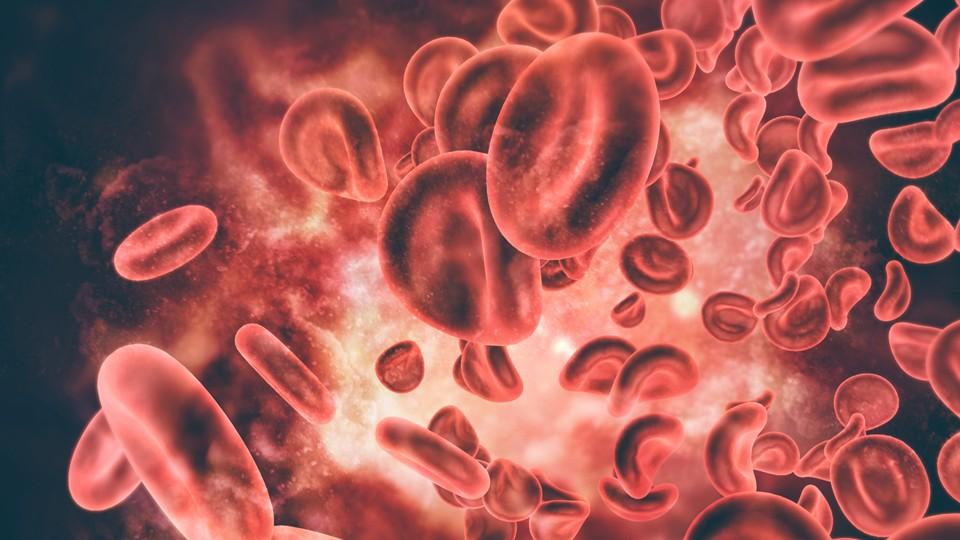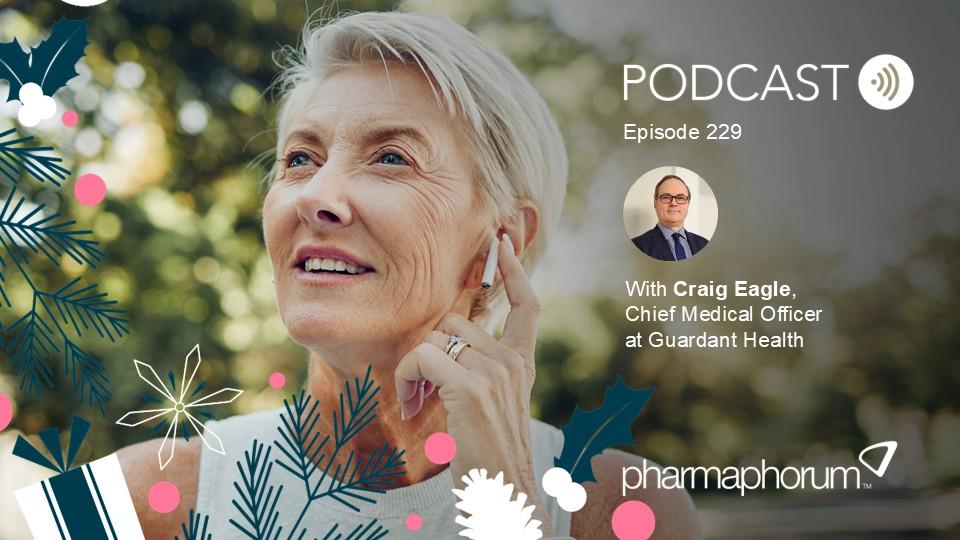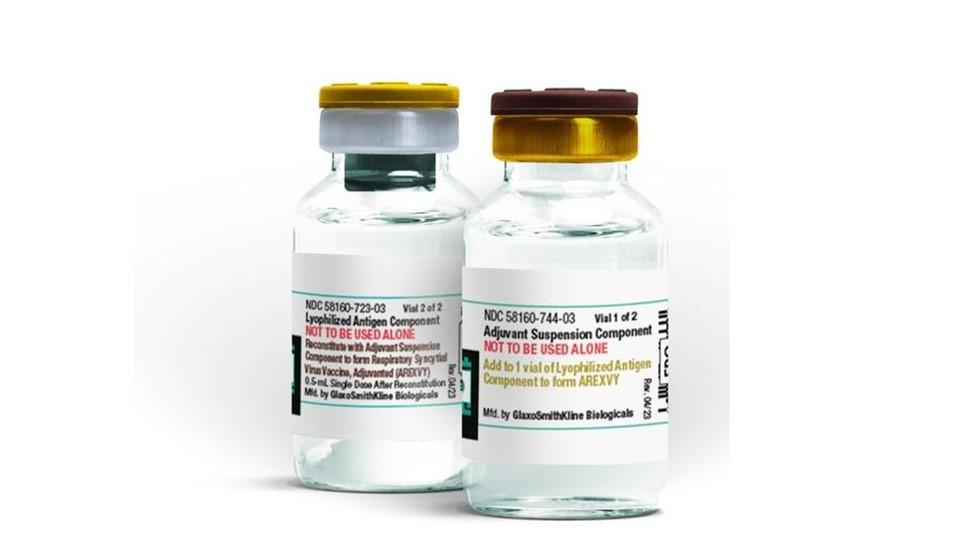Access to cells for CGT is closer than you think

So far, advanced therapy developers have been focusing on partnerships with specific hospitals for collecting patient cellular materials, and there are long-term concerns over the ability for the system to significantly scale-up as demand for cellular products grows. Blood centres have the expertise and footprint to help bring these therapies to patients across the US and in their communities – in fact, they’ve been doing it for years.
With a growing number of regulatory approvals and therapies moving into earlier lines of care, patient access to cell and gene therapies (CGTs) is gaining increased attention. In December 2023, the first CRISPR-based gene-edited therapy and another gene therapy were approved for sickle cell disease (SCD). Recent advances suggest autoimmune diseases will be the next frontier for these life-saving therapies.
Much of that growth is theoretical, however, given several obstacles to scaling patient-derived autologous therapies today. With new technologies, there is the potential to reduce inherent bottlenecks related to cost and manufacturing. Still, what many underappreciate is that access to these therapies and the ability to scale starts with being able to collect the cells at the start of the process at available sites near each patient.
CGT developers typically work with academic facilities during clinical trials and rely on their expertise to help shepherd their products toward approval. The trouble comes in late-stage development, when they come to fully recognise the commercial limitations of this relatively small ecosystem.
For a recent example, consider the two gene-modified therapies for SCD: these are transformative medicines, for an undertreated, excruciating, and sometimes deadly disease. However, as of November 2024, both were only available in the US, at about 55 sites across 41 cities.
To date, academic centres have excelled in collecting starting CGT products, but blood centres also possess the expertise to do this. Contrary to the myth that only hospitals can handle patients, blood centres are also capable. In fact, they have been successfully managing collections for CGT patients for decades.
Leaning on blood centres
Many mistakenly believe blood centres are only suited to work with blood donors for transfusion purposes. This could be in part because this has historically been blood centres’ core business.
Blood centres were key early players in the autologous cell therapy space. The first patient-derived cell therapy, Dendreon’s immunotherapy Provenge, was approved in 2010 for prostate cancer. Blood centre networks were an essential partner to facilitate commercial access on Day One. Such partnerships continue to this day.
Given the landscape, Terumo Blood and Cell Technology is one example of a company well-placed to look at the United States apheresis space holistically. According to our internal data, in the 12 months ending in May 2024, non-hospital providers have performed at least 37% of all cell collections, and blood centres specifically have performed at least 21%.
Even before the industry is able to make CGTs widely accessible, the need for more capacity is growing as the pace of CGT approvals accelerates – and we believe blood centres are ready to pick up the slack. From their current donor footprint, they have thousands of service points for patients – both fixed sites and mobile services. Over the past five years, cell collections have been relatively flat for hospitals, but there has been growth in collections by non-hospital service providers, which include blood centres as well as health service, biospecimen, and tissue providers.
What blood centres can do
Blood centres are by their nature well-positioned to help grow the CGT market. They are experts at peripheral vascular access and well-versed in managing adverse events that can occur during apheresis. They have an established presence at independent locations and are also trusted partners behind the scenes at hospitals, which regularly outsource apheresis services.
Unlike hospitals, which are often tasked with filling many needs for patients in a wide variety of situations, blood centres have a narrower purview and specific expertise in donor care, much of which is relevant for management of allogeneic cell donors as well. Most uphold reputations for white glove community interactions and for being very customer-focused – and that includes accessible outpatient locations. Blood centres are often planned to operate in key parts of communities, in order to facilitate donor recruitment. This means they are already planted in ideal locations for patients to have a positive experience.
Blood centres are also well-networked, and adept at optimising logistics to meet the shifting needs for blood and components around the country, whether due to shortages or disaster response. This logistical expertise is particularly valuable for autologous cell therapies, which often require shipping to and from centralised manufacturing sites, an area where blood centres excel.
In addition, they are ensconced in the move toward point-of-care services. That will be particularly impactful, given who is receiving commercial autologous therapies today – primarily patients with blood cancers who have failed all other lines of treatment and are often very sick. The first bloodmobiles were utilised in 1941, and apheresis is conducted in mobile settings today, from community centres to large sporting events. In the future, it is easy to imagine mobile cell therapy collections coming to a patient’s home, or used in tandem with decentralised manufacturing technologies that will enable hospitals to make therapies nearby.
American hospitals are under pressure from rural facility closures and waves of respiratory illnesses. Meanwhile, blood centre networks are ready and eager to expand. While CGT work with expert hospitals will continue to thrive, the broader hospital system faces significant capacity limitations.
To meet autologous cell therapy demand, blood centres are growing their in-house capabilities. That often starts from cryopreservation and logistics, but in some cases it even includes downstream processing, such as services typically offered by contract manufacturers, like cell isolation.
Partnering for the future
Blood centres cannot make cell therapies more accessible on their own. For decades they have partnered with hospitals to offer needed services, and that dynamic is going to continue. All of these might take place at a blood centre, but patient follow-up care still must be done at a hospital.
Blood centres will also need help preparing for this shift, which includes creating a patient pathway from their primary care provider to these sites and back again for ongoing follow up. Reimbursement will need to evolve in order to match the value of outpatient procedures to those performed inside a hospital’s walls. For example, cell collections are often tied with other services that aren’t always performed, and apheresis generally is not as well reimbursed outside the hospital as it is inside.
However, these challenges are not insurmountable, and the stakes are clear. We in the healthcare industry must do better to provide broader patient access to these powerful therapies. Blood centres are ready to play a role in bringing these therapies beyond specialty hospitals and into communities, wherever patients may be.
References
-
Treatment center locator | CASGEVYTM (exagamglogene autotemcel) [Internet]. www.casgevy.com. [cited 2024 Nov 27]. Available from: https://www.casgevy.com/sickle-cell-disease/find-an-ATC
-
LYFGENIATM (lovotibeglogene autotemcel) Qualified Treatment Center Locator [Internet]. Lyfgenia.com. [cited 2024 Nov 27]. Available from: https://www.lyfgenia.com/find-a-qualified-treatment-center













